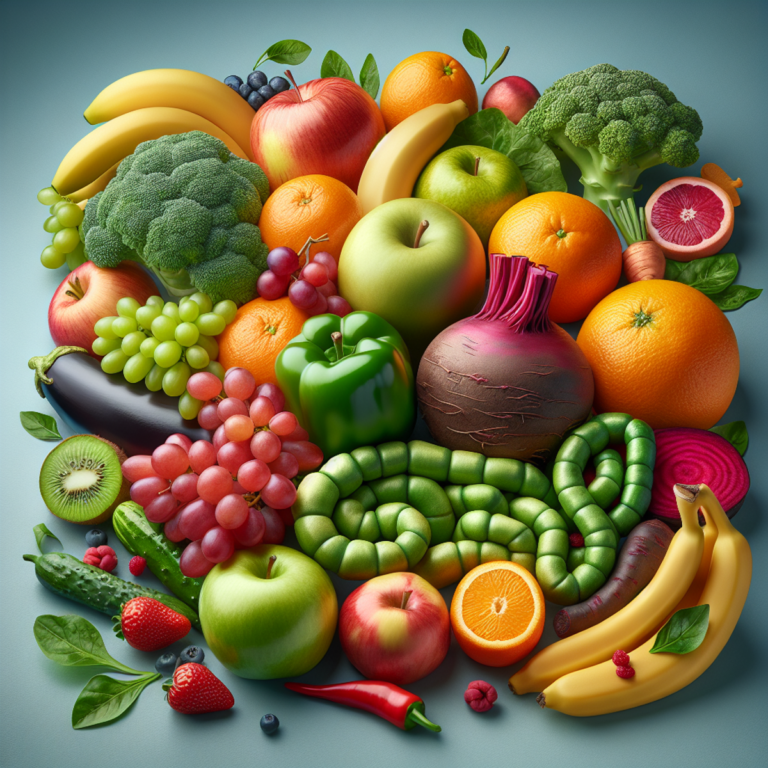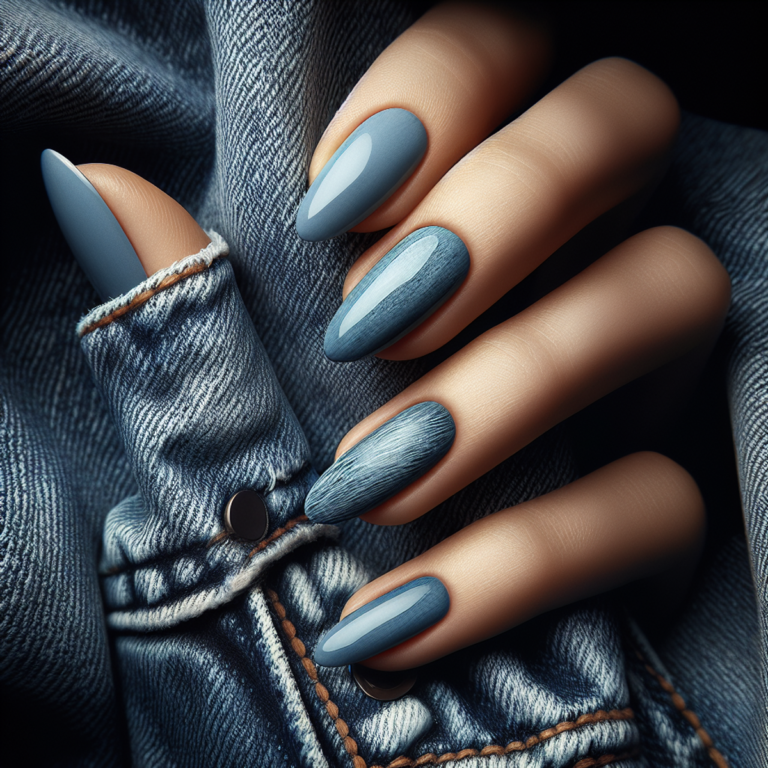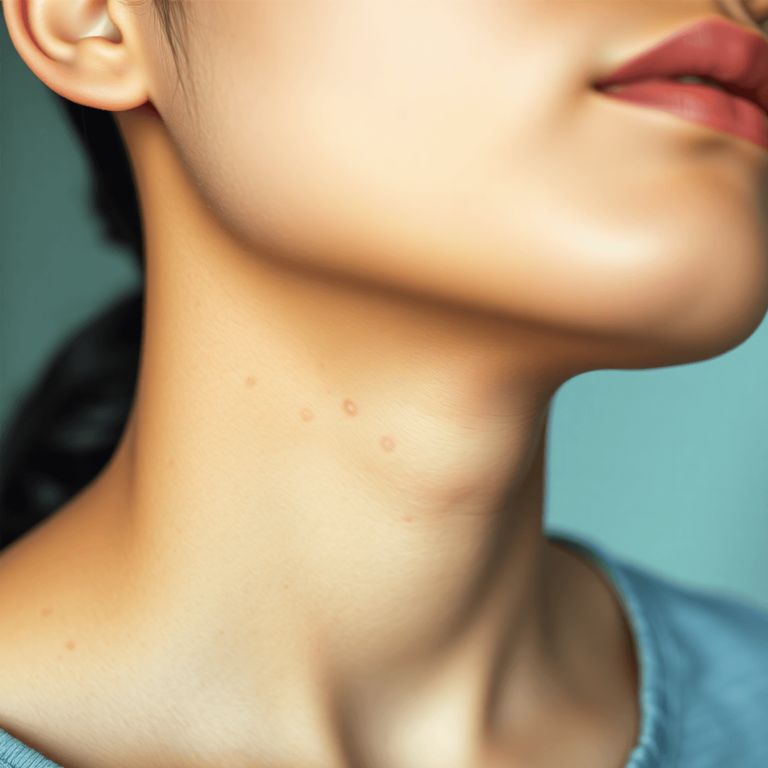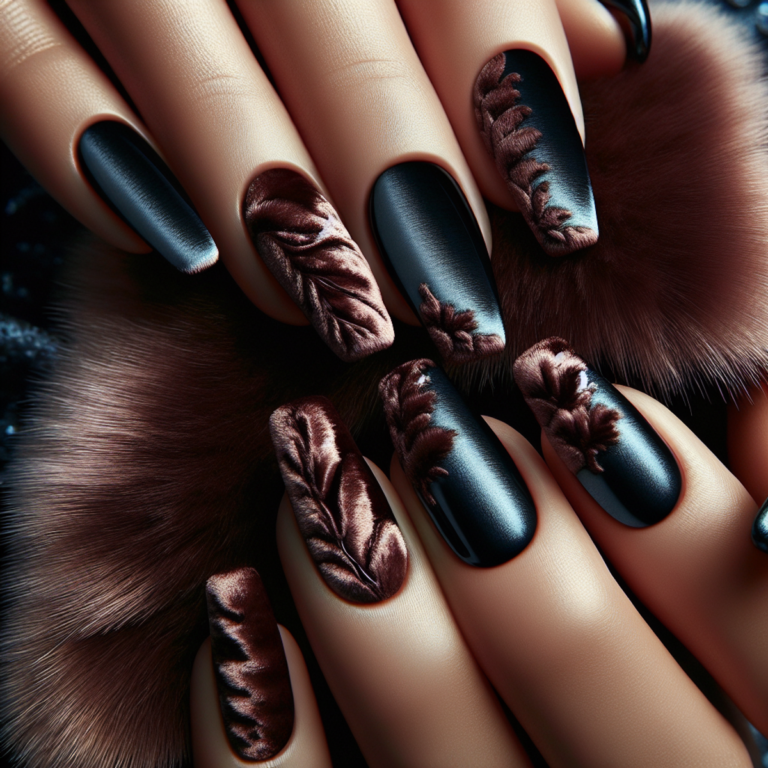How to remove pimples

Introduction
Struggling with pimples? You’re not alone. From pesky whiteheads on your forehead to stubborn back acne, pimples can appear anywhere and affect your confidence. This comprehensive guide will walk you through proven methods to remove pimples effectively and prevent future breakouts.
You’ll discover:
- Natural remedies that work for all skin types
- Fast-acting spot treatments for emergency breakouts
- Professional solutions for persistent acne
- Prevention strategies to maintain clear skin
- Specific treatments for different types of pimples
Whether you’re dealing with dark spots from old breakouts or fresh bumps on your forehead, this guide provides practical solutions backed by dermatological research. We’ll explore gentle cleansing techniques, topical treatments, and professional interventions to help you achieve clear, healthy skin.
Ready to transform your skincare routine? Let’s dive into understanding what causes pimples and how to combat them effectively.
Understanding Pimples
Pimples come in different types, and each type needs a specific way to treat it:
1. Whiteheads
- Small, white bumps caused by clogged pores
- Contain trapped dead skin cells and oil
- Usually appear on the nose and chin
- Can be treated with exfoliating ingredients
2. Blackheads
- Dark spots caused by oxidized sebum in open pores
- Common in oily skin areas
- Can persist without proper treatment
- Respond well to salicylic acid treatments
3. Cystic Acne
- Deep, painful bumps under the skin
- Often caused by hormonal changes
- Take longer to heal
- May require professional medical treatment
4. Common Triggers
Your skin type plays a crucial role in pimple formation:
- Oily Skin: Produces excess sebum, leading to more frequent breakouts
- Combination Skin: Experiences breakouts in specific areas
- Sensitive Skin: Reacts to products with harsh ingredients
- Dry Skin: Can develop pimples from over-compensation of oil production
5. Key Causes
- Menstrual cycles
- Puberty
- Pregnancy
- Stress
- P. acnes bacteria multiplication
- Clogged pores creating breeding grounds
- Poor hygiene habits
- Lifestyle Factors
- Diet high in sugar and dairy
- Lack of sleep
- Touching face frequently
- Using dirty makeup brushes
- Not removing makeup before bed
- Environmental Triggers
- Humidity
- Pollution
- Heavy skincare products
- Certain medications
Your skin‘s response to these factors determines the severity and frequency of breakouts. Understanding your specific pimple type and triggers helps you choose the most effective treatment method.
Home Remedies for Pimple Removal
Natural remedies offer a gentle, cost-effective approach to treating pimples at home. These solutions use everyday ingredients to fight acne while keeping your skin balanced.
1. Gentle Cleansing
Your skincare journey starts with proper cleansing techniques. A gentle approach prevents irritation while effectively removing dirt, excess oil, and bacteria.
Essential Cleansing Steps:
- Wash your hands thoroughly before touching your face
- Use lukewarm water to open your pores
- Apply cleanser with your fingertips in circular motions
- Rinse thoroughly with cool water
- Pat dry with a clean towel
Recommended Gentle Cleansers:
- Cetaphil Gentle Skin Cleanser
- La Roche-Posay Toleriane Hydrating Cleanser
- CeraVe Hydrating Facial Cleanser
Natural Cleansing Options:
- Raw honey – Contains natural antibacterial properties
- Green tea – Rich in antioxidants
- Aloe vera gel – Soothes inflammation
Best Practices for Skin Hygiene:
- Cleanse twice daily – morning and night
- Change pillowcases weekly
- Keep hair clean and away from face
- Avoid touching face throughout the day
- Clean phone screen regularly
Signs of Over-Cleansing:
- Tight, squeaky-clean feeling
- Increased oil production
- Redness or irritation
- Flaking or peeling
pH-Balanced Cleansing
Your skin‘s natural pH ranges between 4.5-5.5. Choose cleansers within this range to maintain your skin barrier’s integrity. pH-balanced products help:
- Preserve beneficial bacteria
- Maintain skin moisture
- Prevent irritation
- Support natural healing
Remember to patch test new products on a small area of skin for 24 hours before full application. This practice helps identify potential allergic reactions or sensitivity issues.
2. Ice Treatment
Ice therapy is one of the most accessible and effective home remedies for treating inflamed pimples. This simple yet powerful technique works by:
- Constricting blood vessels beneath the skin
- Reducing inflammation and redness
- Numbing nerve endings to decrease pain
- Minimizing pore size temporarily
Proper Ice Application Method:
- Wrap an ice cube in a clean, thin cloth or paper towel
- Hold against the affected area for 1-2 minutes
- Remove for 3-4 minutes
- Repeat this cycle 3-4 times
- Apply twice daily for best results
Benefits for Different Types of Pimples:
- Cystic Acne: Reduces painful swelling and inflammation
- Regular Pimples: Decreases redness and size
- Early-Stage Breakouts: Can prevent full development
- Post-Pick Recovery: Helps calm irritated skin
Important Safety Tips:
- Never apply ice directly to your skin
- Limit each session to 15 minutes maximum
- Stop if skin becomes too cold or numb
- Avoid use on broken skin or open wounds
The ice treatment method proves particularly effective when combined with your regular skincare routine. You’ll notice the most significant results when treating newly formed pimples or those in their early stages. This method works best for inflammatory acne types, including cystic pimples and pustules.
3. Hot Compress for Whiteheads
A hot compress is an effective home remedy for treating stubborn whiteheads. The application of gentle heat helps soften the skin’s surface and brings the trapped sebum closer to the surface, making extraction easier and less traumatic for your skin.
Steps for Hot Compress Application:
- Start with clean hands and a fresh, clean washcloth
- Soak the washcloth in warm (not hot) water
- Wring out excess water
- Hold the compress against the whitehead for 10-15 minutes
- Repeat 2-3 times daily
Pro Tips for Best Results:
- Test the temperature on your wrist first to avoid burns
- Use filtered water to minimize bacteria exposure
- Add a drop of tea tree oil to the water for extra antibacterial benefits
- Keep the compress clean and replace it regularly
When to Use Hot Compress:
- On visible whiteheads ready to drain
- During the late stages of pimple formation
- Before bedtime to allow the whitehead to drain naturally
Safety Precautions:
- Don’t apply pressure while holding the compress
- Avoid using on cystic acne or deep pimples
- Stop if you experience increased redness or irritation
- Never use boiling water or microwave-heated compresses
The heat from the compress increases blood circulation to the affected area, which helps your body’s natural healing process. This method works particularly well when combined with proper cleansing and gentle skincare routines.
4. Avoiding Harmful Practices
Your skin needs gentle care – not harsh treatments that can worsen inflammation and create lasting damage. Let’s explore the practices you need to avoid for healthy, clear skin.
Don’t Pop Your Pimples
- Squeezing forces bacteria deeper into your skin
- Creates micro-tears that lead to scarring
- Spreads inflammation to surrounding areas
- Extends healing time by 1-2 weeks
Skip These Damaging Habits
- Aggressive scrubbing with washcloths or brushes
- Using hot water (it strips natural oils)
- Applying toothpaste as a spot treatment
- Picking at scabs or healing blemishes
- Using dirty makeup brushes or pillowcases
Signs You’re Being Too Harsh
- Redness that lasts more than an hour
- Burning or stinging sensations
- Flaking or peeling skin
- New breakouts appearing rapidly
- Increased oil production
What to Do Instead
- Use clean fingers to wash your face
- Pat skin dry with a fresh towel
- Apply products with gentle pressing motions
- Let spots heal naturally under proper treatment
- Change pillowcases weekly
Your skin has a natural healing process – trust it. Harsh treatments might seem like quick fixes, but they disrupt your skin’s protective barrier and create a cycle of inflammation. Gentle, consistent care yields better results than aggressive attempts to force healing.
Topical Treatments for Pimples
Topical treatments are powerful allies in your battle against pimples, offering targeted solutions for various skin concerns. These treatments work directly on the affected areas, delivering active ingredients that combat acne-causing factors.
1. Benzoyl Peroxide and Salicylic Acid
Benzoyl peroxide and salicylic acid are key ingredients in many over-the-counter acne treatments. Here’s what makes them effective:
Benefits of Benzoyl Peroxide:
- Creates an oxygen-rich environment hostile to acne-causing bacteria
- Reduces inflammation and redness
- Helps shed dead skin cells that clog pores
- Available in concentrations from 2.5% to 10%
Best Ways to Apply Benzoyl Peroxide:
- Start with lower concentrations (2.5%) to minimize irritation
- Apply a thin layer to clean, dry skin
- Use once daily, increasing to twice daily if needed
- Allow 4-6 weeks for visible results
Effectiveness of Salicylic Acid:
- Penetrates deep into pores to dissolve excess oil
- Exfoliates dead skin cells
- Reduces inflammation
- Ideal for blackheads and whiteheads
Optimal Usage of Salicylic Acid:
- Look for products with 0.5% to 2% concentration
- Apply to affected areas after cleansing
- Can be used alongside benzoyl peroxide for enhanced results
- Ideal for daily use in cleansers, toners, or spot treatments
Application Tips for Both Ingredients:
- Patch test new products on a small area first
- Apply sunscreen during daytime use
- Start with one active ingredient before combining treatments
- Store products in cool, dark places to maintain effectiveness
These ingredients work particularly well for treating pimples on various body parts:
- Face: Use gentler concentrations
- Chest: Can tolerate higher strengths
- Back and buttocks: Suitable for maximum-strength formulations
- Chin and jawline: Effective for hormonal breakouts
Remember to maintain consistent use of these treatments for optimal results. Your skin
2. Retinoids and Alpha Hydroxy Acids
Retinoids are powerful allies in your fight against stubborn acne. These vitamin A derivatives work deep within your skin cells to:
- Speed up cell turnover
- Prevent dead skin cell buildup
- Reduce inflammation
- Block excess oil production
You’ll find retinoids in two forms:
- Prescription-strength (tretinoin, adapalene)
- Over-the-counter (retinol)
Start with a pea-sized amount of retinoid cream 2-3 times weekly, gradually increasing frequency as your skin adjusts. Apply at night, as sunlight can deactivate these compounds.
Alpha Hydroxy Acids (AHAs) work differently but complement retinoids perfectly in your skincare routine. These natural acids deliver remarkable benefits:
- Glycolic Acid (derived from sugarcane)
- Smallest molecule size
- Penetrates deeply
- Ideal for treating stubborn acne spots
- Lactic Acid (milk-derived)
- Gentler option
- Hydrating properties
- Perfect for sensitive skin
AHA products work best at concentrations between 5-10%. You’ll notice:
✓ Smoother skin texture
✓ Reduced appearance of acne scars
✓ More even skin tone
✓ Unclogged pores
Application Tips:
- Use AHAs in your morning routine
- Always follow with sunscreen (SPF 30+)
- Start with lower concentrations
- Space out retinoid and AHA use on alternate nights
Remember to patch test new products on a small area first. Your skin might need 4-6 weeks to show significant improvement with these treatments.
3. Antibiotics and Cortisone Injections
Prescription treatments become necessary when over-the-counter solutions fail to manage severe or persistent acne. Your dermatologist might recommend:
Oral Antibiotics
- Tetracycline-based medications target inflammation and kill acne-causing bacteria
- Doxycycline and minocycline work effectively for chest, back, and buttocks acne
- Treatment duration typically spans 3-6 months
- Best results appear when combined with topical treatments
Topical Antibiotics
- Clindamycin or erythromycin fight surface bacteria
- Applied directly to affected areas twice daily
- Less likely to cause systemic side effects
- Often paired with benzoyl peroxide to prevent bacterial resistance
Cortisone Injections
- Rapid relief for large, painful cystic acne
- Results visible within 24-48 hours
- Ideal for treating recurring cysts in the same spot
- Single injection can dramatically reduce inflammation
When to Consider Medical Intervention:
- Acne persists after 6-8 weeks of over-the-counter treatment
- Deep, painful cysts develop
- Spots appear on multiple body areas
- Risk of permanent scarring increases
- Self-esteem significantly affected
Important Considerations:
- Antibiotics require consistent use for effectiveness
- Regular follow-ups with your dermatologist ensure proper treatment
- Some insurance plans cover these medical interventions
- Potential side effects need monitoring
- Preventive measures remain crucial during treatment
Spot Treatments for Quick Relief from Pimples
Spot treatments deliver targeted solutions for quick pimple relief. These concentrated formulations work directly on problem areas, making them ideal for addressing individual breakouts.
Popular spot treatment options include:
- Tea tree oil solutions (diluted to 5%)
- Sulfur-based treatments
- Zinc oxide preparations
- Clay-based spot masks
- Hydrocolloid patches
- Aspirin paste applications
Application tips for maximum effectiveness:
- Clean the affected area thoroughly
- Apply treatment only to the pimple
- Don’t layer multiple spot treatments
- Allow the product to dry completely
- Apply at night for extended contact time
Best practices for specific pimple types:
Deep, painful pimples:
- Use ice therapy before spot treatment
- Select treatments with anti-inflammatory properties
- Consider hydrocolloid patches for protection
Surface-level whiteheads:
- Choose drying treatments with salicylic acid
- Apply thin layers to prevent skin irritation
- Reapply as directed on product packaging
Dark spots and marks:
- Select treatments with brightening ingredients
- Use vitamin C or niacinamide-based solutions
- Apply sunscreen during daytime use
Treatment timing considerations:
Early stage pimples
- Start treatment at first signs of development
- Focus on anti-inflammatory ingredients
- Apply cooling treatments
Mature breakouts
- Use drawing agents to bring infection to surface
- Apply healing ingredients
- Protect treated areas from sun exposure
Signs your spot treatment is working:
- Reduced redness within hours
- Decreased swelling after application
- Less pain or tenderness
- Flattening of the pimple
- Faster healing time
Spot treatments work best when used as part of a consistent skincare routine. Different pimples respond to different treatments, so keeping multiple options available helps address various breakout types effectively.
Using Hydrocolloid Patches Effectively at Home
Hydrocolloid patches work best when applied correctly. Here’s your step-by-step guide to maximize their effectiveness:
1. Prep Your Skin
- Cleanse your face with a gentle cleanser
- Pat dry with a clean towel
- Avoid applying any serums or moisturizers
2. Patch Application
- Select a patch size that covers the entire pimple plus a small border
- Apply to completely dry skin
- Press firmly for 30 seconds to ensure proper adhesion
3. Timing Matters
- Leave the patch on for 6-8 hours minimum
- Nighttime application works best
- Replace if the patch turns white (indicates it’s full)
Pro Tips for Best Results:
- Apply patches to clean, popped pimples to absorb drainage
- Use on whiteheads that have come to a head
- Don’t reuse patches – they’re single-use only
- Keep extra patches in your bag for emergency spot treatment
Signs It’s Working:
- The patch turns white or cloudy
- The surrounding skin appears less red
- The pimple size visibly reduces
- Inflammation decreases
Remember: Hydrocolloid patches aren’t effective on deep, cystic acne or blackheads. These types of breakouts require different treatment approaches.
Aspirin Paste Method
The aspirin paste method offers a quick, affordable spot treatment for painful pimples. Aspirin contains salicylic acid, a proven ingredient that reduces inflammation and unclogs pores.
Creating Your Aspirin Paste:
- Crush 1-2 uncoated aspirin tablets into a fine powder
- Add 2-3 drops of water to create a paste-like consistency
- Mix until smooth
Application Steps:
- Cleanse your face thoroughly
- Apply a thin layer directly to the pimple
- Let it sit for 10-15 minutes
- Rinse with lukewarm water
- Follow with your regular moisturizer
Best Practices:
- Use this treatment no more than once per day
- Avoid applying to broken skin or open wounds
- Stop if irritation occurs
- Don’t mix with other active ingredients like benzoyl peroxide
Who Should Avoid This Method:
- People with aspirin allergies
- Those using blood thinners
- Individuals with sensitive skin
- Pregnant or nursing mothers
This method works best on inflammatory pimples and can show results within 24 hours. For deep, cystic pimples, combine this treatment with ice therapy to maximize results. Remember to patch test on a small area first to ensure your skin tolerates the treatment well.
FAQs (Frequently Asked Questions)
What are the different types of pimples?
Pimples can be categorized into several types, including whiteheads, blackheads, and cystic acne. Whiteheads are closed clogged pores, blackheads are open clogged pores that appear dark due to oxidation, and cystic acne is a severe form of acne that results in painful, inflamed lumps beneath the skin.
How can I remove pimples naturally and permanently?
Natural methods for removing pimples include maintaining good skin hygiene, using gentle cleansers, applying ice to reduce swelling and redness, and utilizing home remedies such as tea tree oil or honey. Consistent skincare routines can help prevent future breakouts.
What should I do to get rid of back pimples?
To treat back pimples, ensure you maintain good hygiene by washing your back regularly with a gentle cleanser. You can also use topical treatments containing salicylic acid or benzoyl peroxide. Wearing breathable fabrics and avoiding tight clothing can also help reduce irritation.
What is the best way to get rid of bumps on my forehead?
To eliminate bumps on the forehead, practice proper skincare by cleansing gently and exfoliating regularly. Avoid touching your face and consider using non-comedogenic products. If the bumps persist, consult a dermatologist for tailored treatment options.
How can I effectively remove dark spots caused by pimples?
To remove dark spots from pimples, consider using products with ingredients like vitamin C, retinoids, or chemical exfoliants such as glycolic acid. Regular use of sunscreen is also crucial to prevent further pigmentation. Patience is key as these treatments take time to show results.
Why should I avoid popping pimples?
Popping pimples can lead to increased inflammation, scarring, and potential infection. It may also push bacteria deeper into the skin, exacerbating the problem rather than resolving it. It’s best to let them heal naturally or seek professional treatment if necessary.










